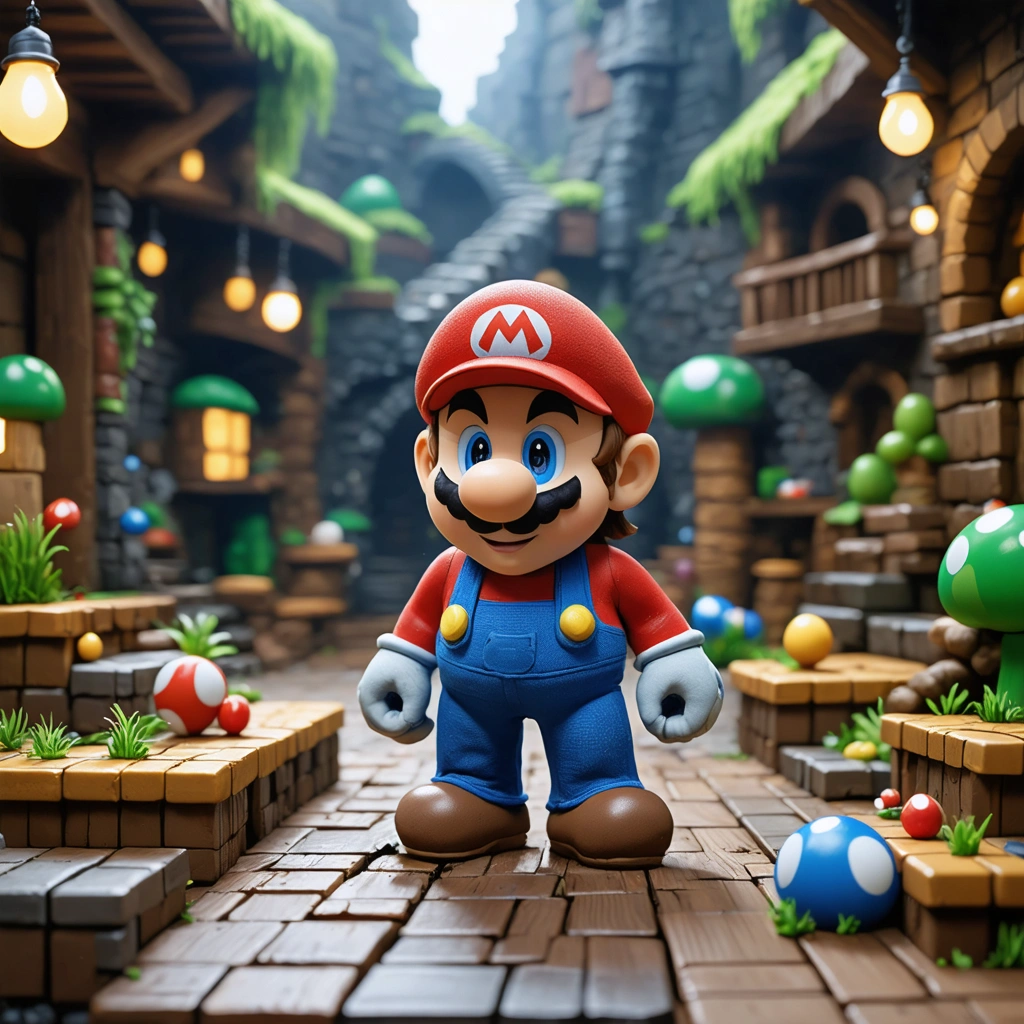
Introduction
Artificial Intelligence (AI) has come a long way since its inception. Today, it has permeated almost every sector, making our lives easier and more efficient. As AI applications continue to evolve, the need for effective benchmarking methods also increases. In an unexpected twist, game environments, particularly those of Super Mario, are being used as testing grounds for AI algorithms. But why Super Mario? And what does this imply about the future of AI?
The Emergence of AI in Gaming
Games have long served as a fertile testing ground for AI. The complex, dynamic environments that games provide challenge AI’s problem-solving, strategic thinking, and decision-making capabilities.
AI’s Victory in Chess and Go
The prowess of AI was first globally recognized when IBM’s Deep Blue defeated world chess champion Garry Kasparov in 1997. Later in 2016, Google’s AlphaGo, powered by advanced AI algorithms, triumphed over Go champion Lee Sedol. These victories marked significant milestones in the AI world, showcasing AI’s capacity to master complex games.
From Tabletop to Video Games
While AI’s triumphs in chess and Go were significant, these games, being turn-based, are deterministic and fully observable. This means that these games do not fully represent the complexity of real-world scenarios. Enter video games– dynamic, partially observable, and non-deterministic. These characteristics make video games a more challenging and therefore a more suitable testing ground for AI.
Why Super Mario?
Nintendo’s Super Mario, in particular, has been singled out for AI testing. Super Mario’s environment is complex, unpredictable, and it requires the player to exhibit quick reflexes and strategic thinking – mirroring many real world challenges. Moreover, the game’s popularity ensures a vast amount of data is available for training the AI.
Implications for AI
The use of Super Mario as a benchmark for AI has considerable implications. It represents a shift in AI testing from deterministic to non-deterministic environments. This shift reflects an increased focus on creating AI capable of handling real-world complexity and unpredictability.
Challenges and Opportunities
While the Super Mario environment presents a more complex testing ground for AI, it also brings with it challenges. These include the need for faster processing, better decision-making algorithms, and advanced learning capabilities. However, overcoming these challenges will only lead to more powerful, flexible, and adaptable AI systems.
Conclusion
The use of Super Mario as a benchmark for AI reflects the evolving needs and expectations of the AI field. As we continue to push the boundaries of what AI can do, we also need to continuously evolve our methods of assessing its capabilities. If Super Mario serves as a benchmark today, who knows what tomorrow’s benchmark will be?




